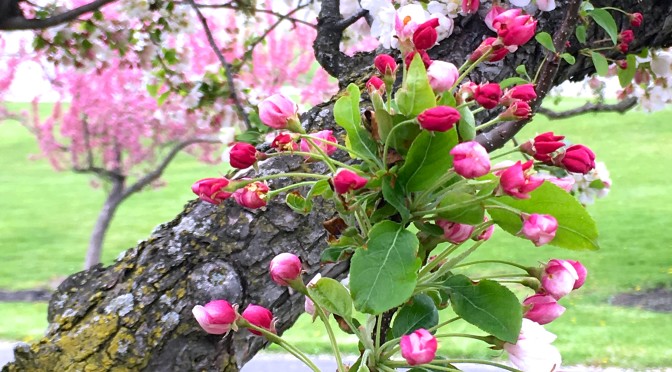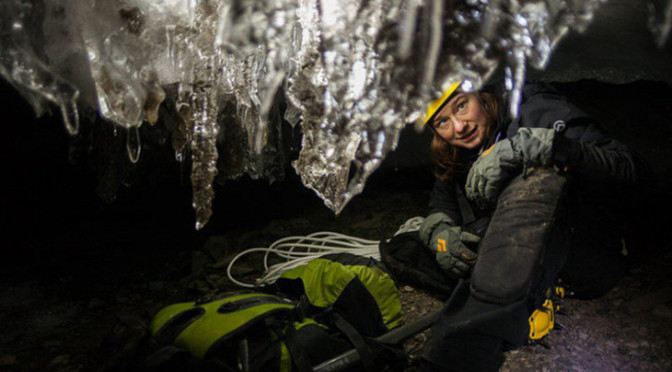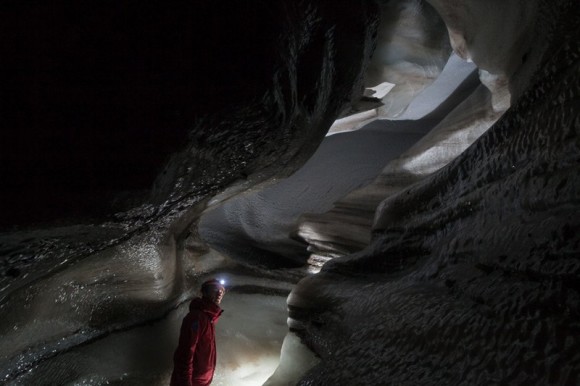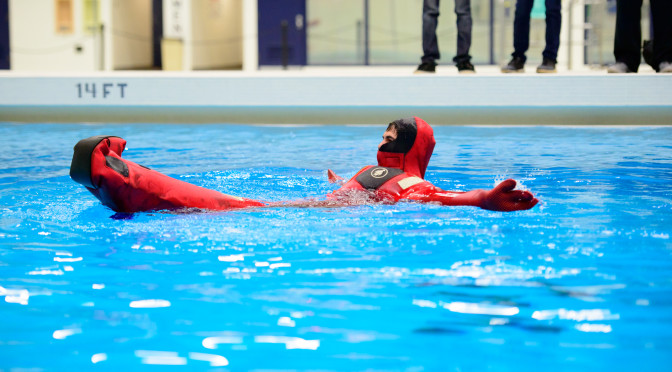Christina Grozinger is distinguished professor of entomology, and director of Penn State’s Center for Pollinator Research. Her research explores the biology and health of honey bees and other pollinators. Using a multidisciplinary approach, Grozinger and colleagues address the complex stressors facing pollinators. Listen in as she updates us on the crisis and notes some ways we might mitigate and reverse the downward trend in pollinator health.
For more information about Penn State’s efforts on developing and restoring landscapes and gardens to provide nutrition for pollinators, visit the Center for Pollinator Research website. The Center is an international leader in the area of pollinator health, and brings together scientists, educators, and stakeholders to address the pollinator crisis.
Probing Questions videos showcase our faculty as they share their views on the question of the day, ranging from scientific advances to social trends and pop culture. We invite you to follow along! Please email series producer Melissa Beattie-Moss at mbmoss@psu.edu with ideas, comments and questions.





